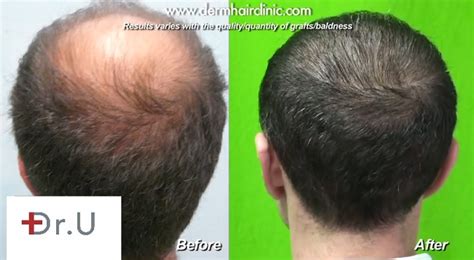Understanding the Hair Replacement Market
The global hair replacement market is expected to reach $12.2 billion by 2028, growing at a CAGR of 4.6%. This growth is attributed to increasing awareness about hair loss treatments, rising disposable incomes, and changing lifestyles.

Types of Hair Replacement Solutions
Today’s market offers a wide range of hair replacement solutions, each designed to meet specific needs:
1. Wigs
Wigs provide instant and non-invasive hair replacement. They are available in synthetic and human hair options, with various styles and colors to choose from.
2. Toupees
Toupees are partial hairpieces that conceal hair loss on specific areas of the head. They are typically made from human hair and can be customized for a natural fit.
3. Hairpieces
Hairpieces are similar to toupees but smaller in size. They are used to cover patches of thinning hair or add volume to existing hair.
4. Hair Extensions
Hair extensions are attached to the natural hair to add length, volume, or texture. They come in a variety of materials, including natural, synthetic, and blended fibers.
Factors to Consider When Choosing a Hair Replacement
Customers should carefully consider several factors when selecting a hair replacement solution:
1. Hair Loss Cause
The cause of hair loss, whether medical or genetic, influences the type of hair replacement most suitable.
2. Budget
Hair replacement options vary widely in cost, depending on materials, customization, and maintenance requirements.
3. Lifestyle
The customer’s lifestyle and activity level impact the type of hair replacement that is practical and comfortable.
4. Maintenance
Regular maintenance is essential for maintaining a natural and hygienic hair replacement. Factors to consider include cleaning, styling, and repair.
Pain Points and Motivations of Hair Replacement Customers
1. Pain Points:
- Social stigma and reduced self-esteem due to hair loss
- Frustration with ineffective or expensive treatments
- Inability to engage in desired activities due to hair loss
2. Motivations:
- Regain confidence and self-image
- Improve social and professional interactions
- Enhance physical appearance and overall well-being
Emerging Applications for Hair Replacement
1. Medical Applications
Hair replacement plays a crucial role in restoring hair loss caused by medical conditions such as alopecia, cancer treatments, and burns.
2. Cosmetic Applications
Hair replacement is gaining popularity as a way to enhance hair volume, experiment with different styles, and address thinning hair.
3. Personalized Solutions
Advancements in 3D printing technology enable the creation of customized hairpieces that perfectly match the wearer’s hair characteristics and scalp shape.
Industry Innovations
The hair replacement industry is continuously evolving, with new innovations emerging to address customer needs:
1. Adjustable Base Designs
Wigs and toupees now feature adjustable bases that allow for a more secure and comfortable fit on different head shapes.
2. Breathable Materials
The use of lightweight and breathable materials ensures that hair replacements are comfortable to wear for extended periods.
3. Advanced Fiber Technology
Synthetic hair fibers are now engineered to mimic the natural appearance and feel of human hair, providing a more realistic look.
Tables
Table 1: Types of Hair Replacement Solutions
| Type | Description |
|---|---|
| Wigs | Full or partial hairpieces that cover the entire head |
| Toupees | Partial hairpieces that conceal specific areas of hair loss |
| Hairpieces | Small hairpieces used to cover patches of thinning hair or add volume |
| Hair Extensions | Strands of hair that are attached to the natural hair to add length, volume, or texture |
Table 2: Factors to Consider When Choosing a Hair Replacement
| Factor | Considerations |
|---|---|
| Hair Loss Cause | Medical conditions, genetic factors, etc. |
| Budget | Cost of hair replacement, maintenance, and customization |
| Lifestyle | Activities, daily routines, hair care habits |
| Maintenance | Cleaning, styling, repair requirements |
Table 3: Pain Points and Motivations of Hair Replacement Customers
| Pain Points | Motivations |
|---|---|
| Social stigma and reduced self-esteem | Regain confidence and self-image |
| Frustration with ineffective or expensive treatments | Improve social and professional interactions |
| Inability to engage in desired activities | Enhance physical appearance and overall well-being |
Table 4: Emerging Applications for Hair Replacement
| Application | Benefits |
|---|---|
| Medical Applications | Restore hair loss caused by medical conditions |
| Cosmetic Applications | Enhance hair volume, experiment with styles, address thinning hair |
| Personalized Solutions | Create customized hairpieces that match individual hair characteristics and scalp shape |
